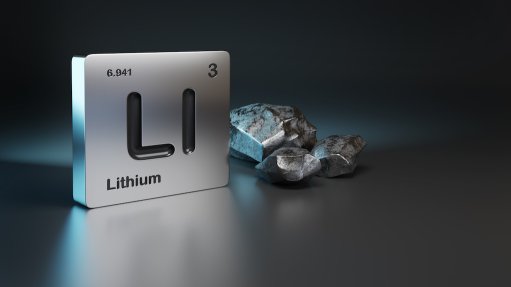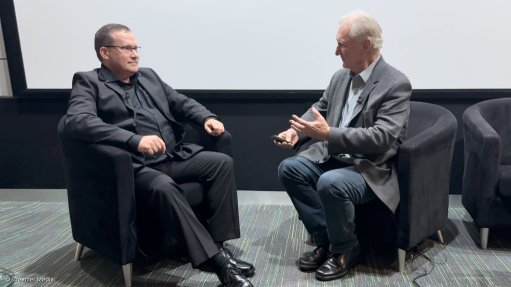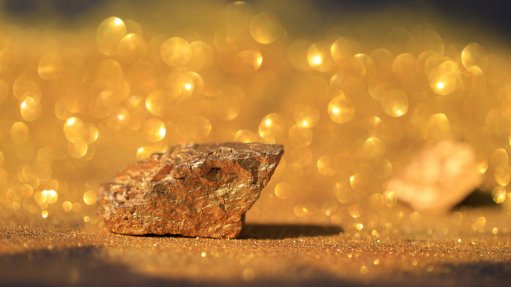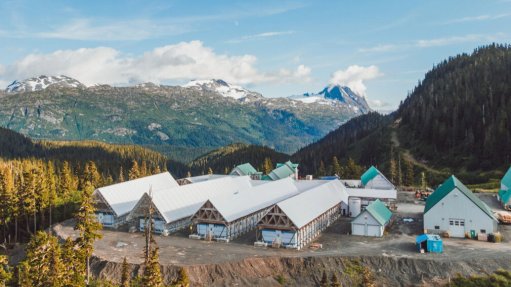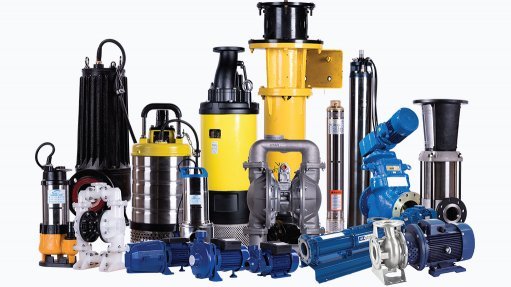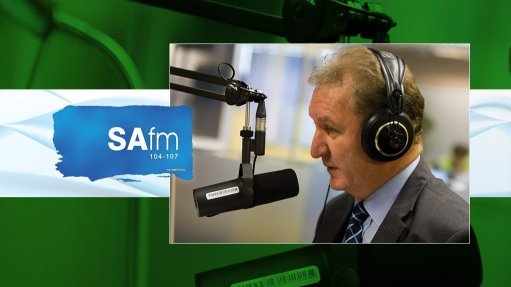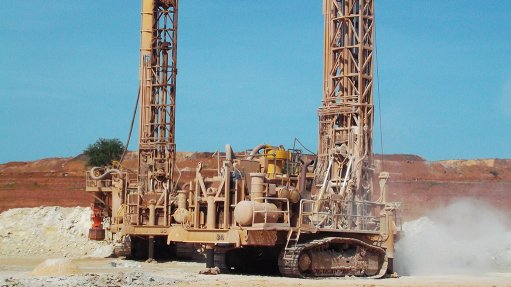Existing technology used to enhance blast design methods

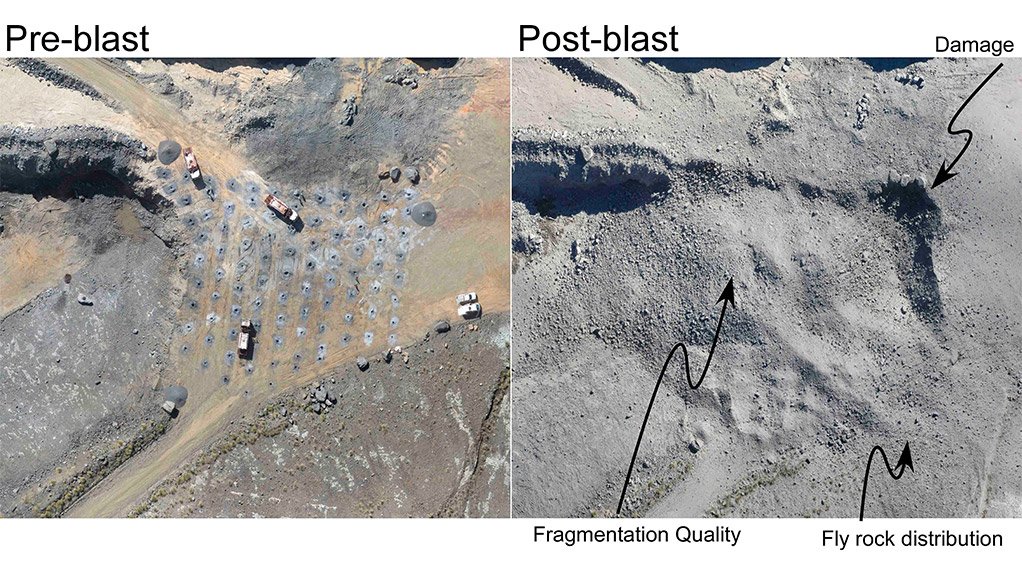
HIGH QUALITY IMAGING Pre- and post-blasting photos taken with an unmanned aerial vehicle
Mining solutions provider and explosives supplier BME’s technical director Tony Rorke asserts that the use of unmanned aerial vehicles (UAVs), global positioning systems (GPSes) and three-dimensional (3D) photogrammetric software has enhanced the field of blast design, thus improving blast results and reducing drilling and blasting costs.
He notes that the basis of this technical advance is the ability to conduct high-quality 3D profiling using stereographic image pairs, which provide accurate and detailed information for better drilling and charging designs that optimise powder distribution and reduce the risk of fly rock.
Rorke says the high-quality images also provide good visual assessments and measurements of block conditions and blast results, which are often not achievable from the blast elevation or from fixed elevated viewpoints. This information is particularly useful to mine surveyors, engineers, pit managers, and blasting consultants.
BME – in collaboration with blast engineering and consulting firm Ram Inc’s US expert Robert McClure, and UAV services company TerraCam – has been combining these technologies at a number of South African mining operations to more effectively quantify blast parameters, including drilling quality, block geometry, back damage, heave profile and fragmentation evaluation.
Rorke explains that the approach involves the use of small fixed-wing UAVs (or multicopters, to deliver oblique views) that are preprogrammed to fly a grid across a particular area of interest on the mine site. This is done before and after a blast to create accurate and measurable 3D images for analysis.
Further, he explains that, owing to the evolution of modern, high energy-density lithium polymer batteries, UAVs have become smaller and more affordable and, with reliable satellite navigation, they can safely fly aerial photographic surveys for up to an hour.
Equipped with small, high- resolution (10 to 20 megapixel) digital cameras, a fixed-wing UAV can fly at low altitudes and deliver high-precision, georeferenced orthophotos of the blast area.
Still images are taken at intervals so that there is sufficient overlap to generate a 3D topographic surface, with accuracy relying on the placement of surveyed ground control points with sufficient elevation variance. Rorke says the projects in South Africa consistently achieve vertical and horizontal accuracies to within less than 100 mm with a minimum of four ground control points.
He stresses that the information collected undergoes quick and effective analysis, and that by incorporating the options into a single package – mines can manage their sites with more confidence by using the most up-to-date information.
Rorke says that two software applications are required. The first generates a 3D surface orthophoto from the UAV images by creating dense and filtered 3D data in any file format from ASCII point clouds to raster GeoTIFFs or ECW. The second uses survey software to analyse volumes, cut lines and surfaces.
The type of blast-specific information obtained from the photo- graphs are preblast block condition and volumes; blast-hole positions; and postblast analysis of muckpile shape, back damage and fragmentation.
He states that the information is valuable for reporting purposes as well as for assessing blast performance by examining the distribution of fragmentation and fly rock around a blast.
Rorke points out that, since they use orthophotos with georeferenced points, measurements can be made directly off the images, adding that the view from directly above a blast is unique as it is possible to see and measure features that are not necessarily obvious from any other angle.
Muckpile profiles can also be created, allowing a georeferenced, 3D digital surface to be analysed easily for volumes and cross-sections. Accurate vertical cross-sections are generated quickly from cut lines drawn on the surface in the survey software.
For blast planning purposes, block shape, hole locations and areas of damage are variables that can be accessed from the data. The position of holes can be detected from an orthophoto and saved as text-delimited files for use in blast planning software.
Rock variation in a bench often has a significant impact on blastability and explosives performance, and it is sometimes necessary to place waste or air decks in a hole traversing a sequence of strata in specific locations to concentrate or dilute the explosives energy.
To address these issues, BME’s new drone-based techniques allow a closer inspection of the blast area’s geology. A scaled image of a face taken from a multicopter provides a good source of information on the positioning and variation in width of strata in a single bench for charge planning purposes.
Rorke concludes that BME’s experience from mining projects in South Africa has shown the usefulness of using UAVs to leverage existing photographic software and GPS technologies to improve blasts, and that “there is no doubt that this science has plenty of potential yet to be uncovered”.
Comments
Press Office
Announcements
What's On
Subscribe to improve your user experience...
Option 1 (equivalent of R125 a month):
Receive a weekly copy of Creamer Media's Engineering News & Mining Weekly magazine
(print copy for those in South Africa and e-magazine for those outside of South Africa)
Receive daily email newsletters
Access to full search results
Access archive of magazine back copies
Access to Projects in Progress
Access to ONE Research Report of your choice in PDF format
Option 2 (equivalent of R375 a month):
All benefits from Option 1
PLUS
Access to Creamer Media's Research Channel Africa for ALL Research Reports, in PDF format, on various industrial and mining sectors
including Electricity; Water; Energy Transition; Hydrogen; Roads, Rail and Ports; Coal; Gold; Platinum; Battery Metals; etc.
Already a subscriber?
Forgotten your password?
Receive weekly copy of Creamer Media's Engineering News & Mining Weekly magazine (print copy for those in South Africa and e-magazine for those outside of South Africa)
➕
Recieve daily email newsletters
➕
Access to full search results
➕
Access archive of magazine back copies
➕
Access to Projects in Progress
➕
Access to ONE Research Report of your choice in PDF format
RESEARCH CHANNEL AFRICA
R4500 (equivalent of R375 a month)
SUBSCRIBEAll benefits from Option 1
➕
Access to Creamer Media's Research Channel Africa for ALL Research Reports on various industrial and mining sectors, in PDF format, including on:
Electricity
➕
Water
➕
Energy Transition
➕
Hydrogen
➕
Roads, Rail and Ports
➕
Coal
➕
Gold
➕
Platinum
➕
Battery Metals
➕
etc.
Receive all benefits from Option 1 or Option 2 delivered to numerous people at your company
➕
Multiple User names and Passwords for simultaneous log-ins
➕
Intranet integration access to all in your organisation






